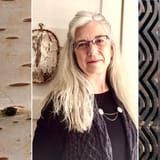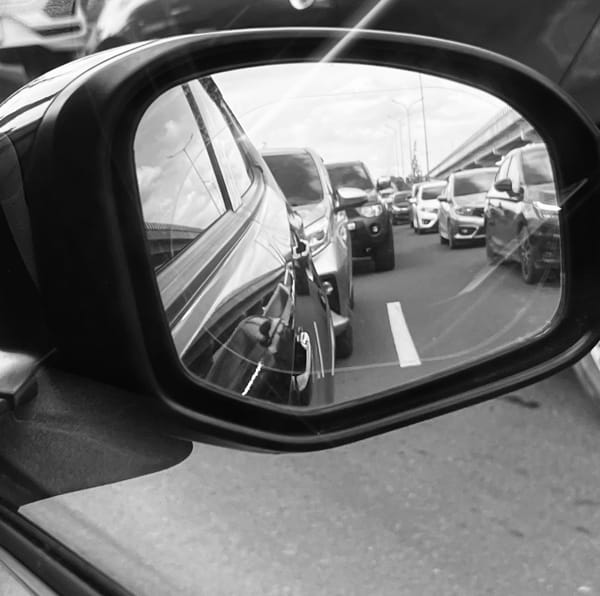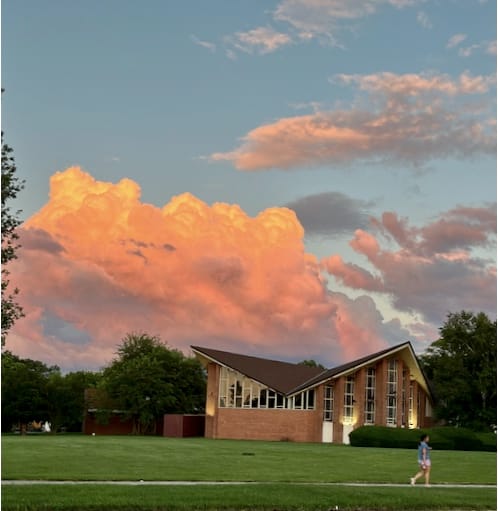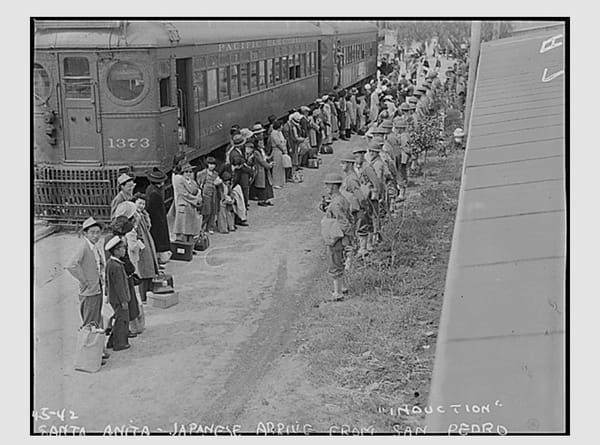Post #1: Reorienting
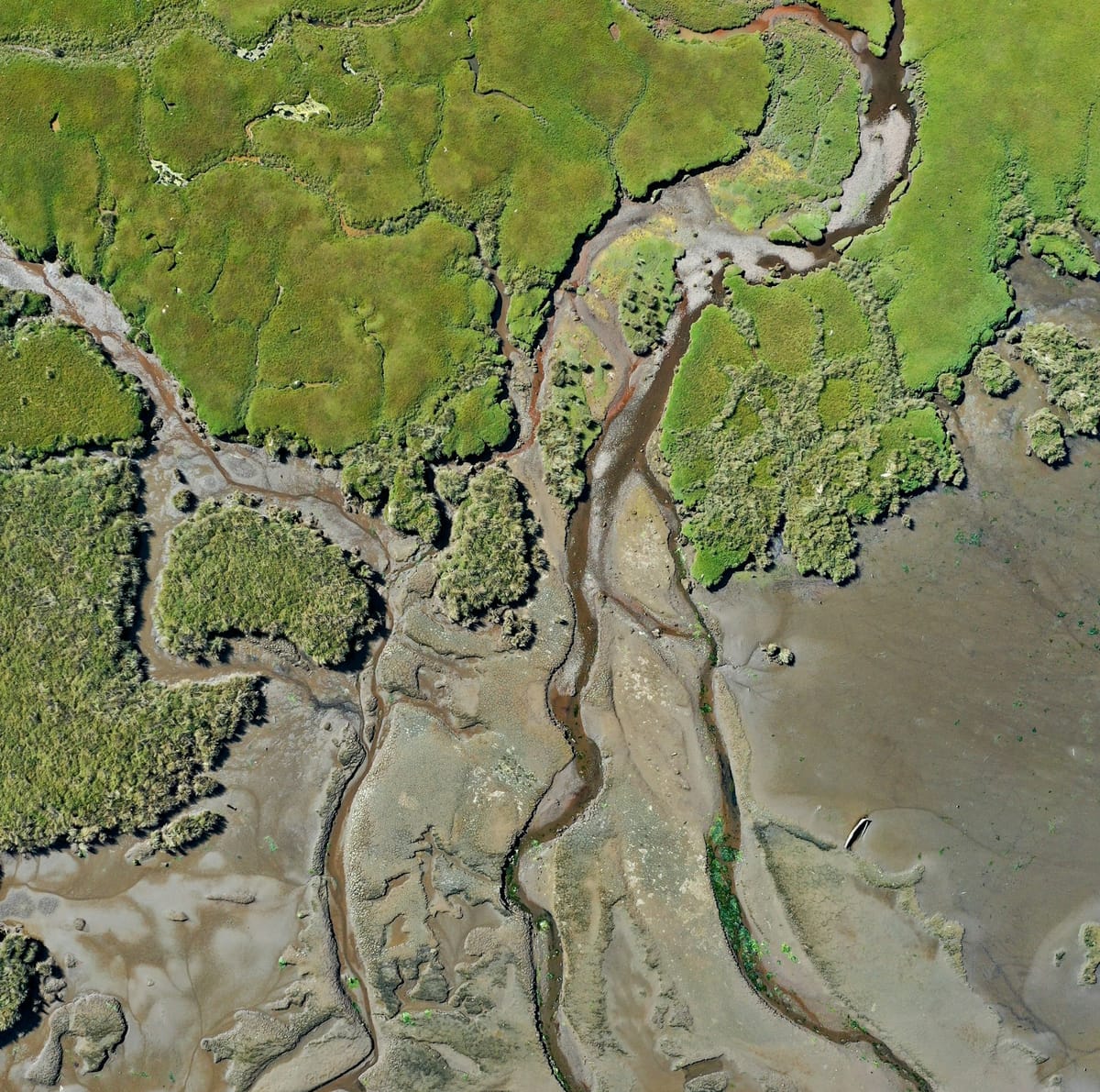
Greetings! Welcome to my site. I write from a little patch of ground in upstate New York, along the Mahicannituck river. Now known as the Hudson, it is the river that flows both ways, home of the people of the waters that are never still--the Mohicans who greeted Henry Hudson when he sailed up this way in 1609.
Lately, I suspect I'm not the only one haunted by the line from "Once in Lifetime," the Talking Heads song: "Well, how did I get here?"
That question has intensified since about 2016. How the country got here is . . . complicated. I know how I, personally, got to this spot, or at least the 20th- to 21st-century part. Three decades ago, I moved here from the midwest, for an academic post. Ordinary enough story--relocating for a job. From there, my roles changed many times, from professor, to parent, to caregiver for aging parents. I left academia, studied healing and the environment, became a freelance writer. Because the thread of continuity running through all the change often seemed obscured, I became interested in discovering throughlines.
Even my geographic journey turned out to have some unexpected ones. I'd grown up in the small, Dutch immigrant settlement of Pella, Iowa, founded in 1847. Pella's annual tulip festival was a three-day affair, the bakeries were second to none, and the majority population felt a strong sense of pride of place and heritage. My family were outsiders there; I had no difficulty leaving. It was a surprise, then, to realize I'd arrived in Fort Orange, settled in 1624. That's present-day Albany, with its own Dutch history, complete with a tulip festival. It was another surprise, several years later, when a relative informed me that according to her genealogical research, our ancestors had come through Fort Orange, disembarking from the ship the New Netherlands.
Like so many in the U.S., I'm from settler stock through and through, though I'm aware of only the vaguest details. Among them: another ancestor arrived around the same time the Dutch settled Pella. He sailed out of Ireland as a nine year old cabin boy, to meet up with his older brother in New York city. A relative who worked a small farm remains nameless to me, even though I have seen the bill of sale for his purchase of "Hannah, 14 year old slave girl."
I mention these threads because, painful and sketchy as they are, they represent not only my familial throughlines, but also this country's, with our history of colonial invasion, immigration, enslavement. Now, the current administration is attempting to force through measures that reverberate with these lines. A long-avoided reckoning needs to be faced– that of how infiltrated with the past our present is. The facts of our particular history undergird and fuel the political structures, personal assumptions, and social arrangements we navigate daily. Many of us from this settler lineage are feeling called to reflect and reorient.
I'm interested in how we can deepen our recognition of all this, attempt to integrate it into our notions of who we are and how we want to act, and communicate about it with each other. I'm looking for creative responses to where we find ourselves together in 2025. Can we make sense of what's happening, and move forward in ways that care for each other and the planet?
That's why I'm launching this site. Along with my personal perspectives, I'm eager to share a range of resources about ideas, art, activism, and community. I'm working on a special project that grew from this call to reckoning. I hope you'll read my next piece to find out more, and maybe decide to join in. Thank you for being here.
